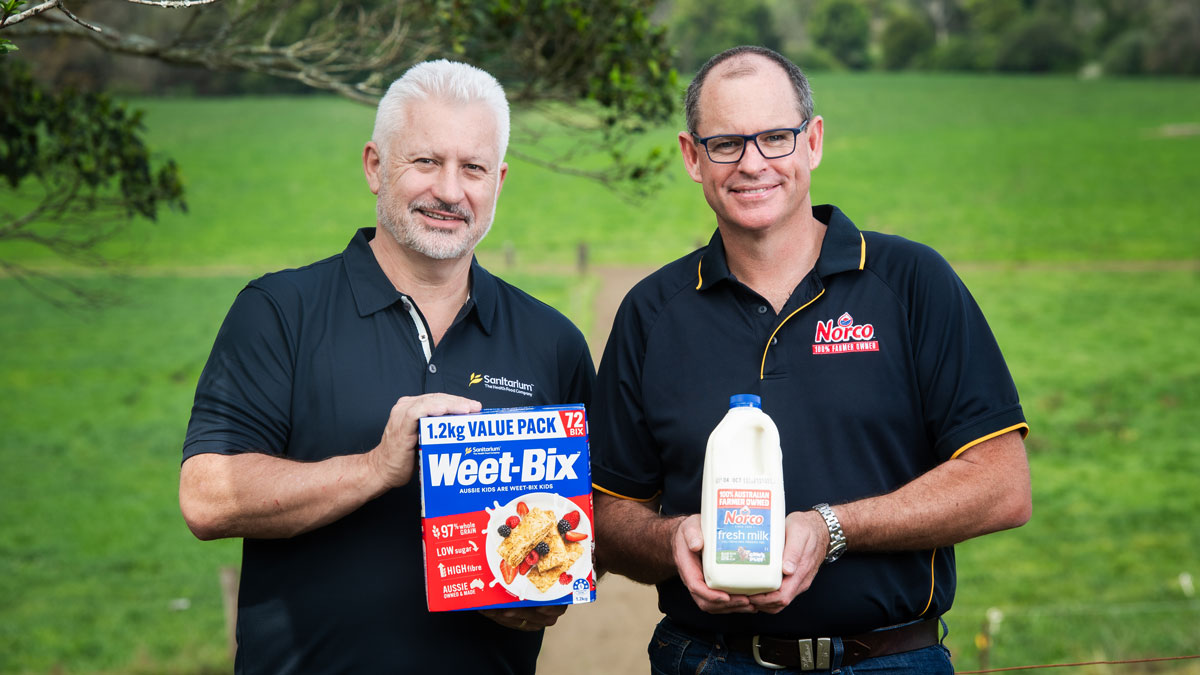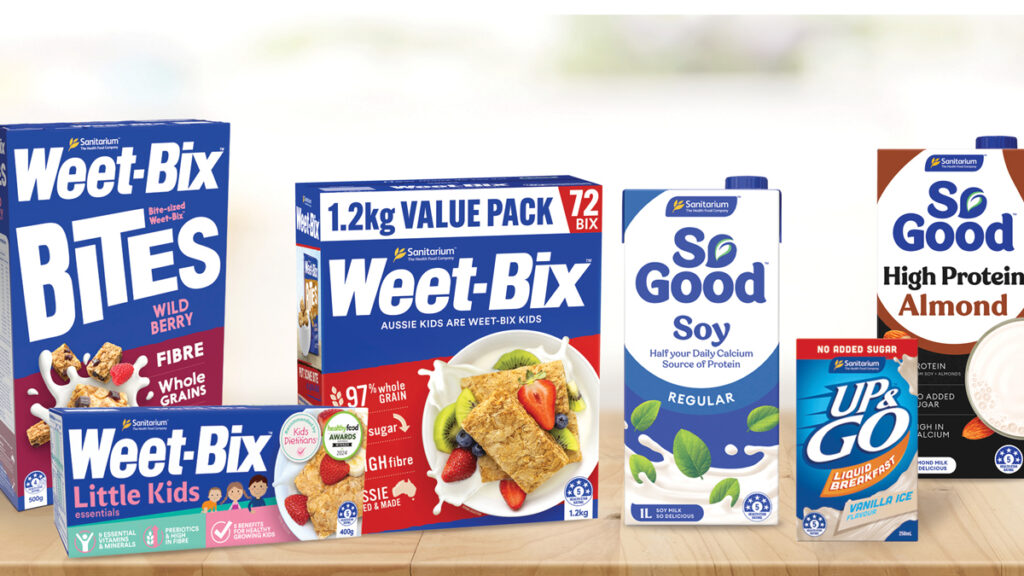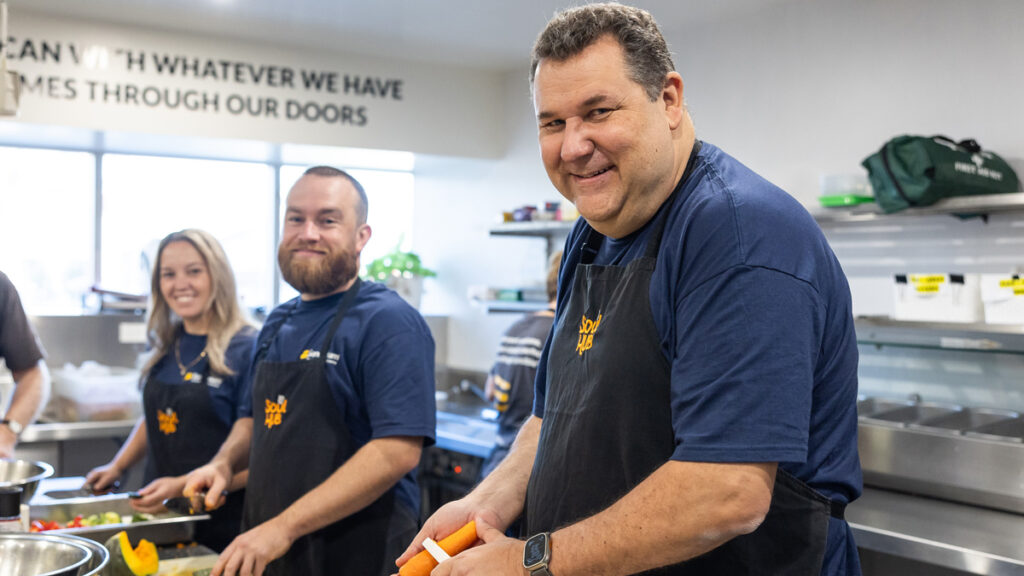Sanitarium Health Food Company has teamed up with other leading Australian food businesses to discuss “country of ownership” labelling on products.
The move comes in response to new research, commissioned by the Australian-owned dairy cooperative Norco, which revealed that there is significant consumer confusion. The study found that 81 per cent of Australian shoppers believed they were supporting local businesses but were, in fact, buying foreign-owned products.
The research also showed that 66 per cent of Australians say they would purchase more Australian made and owned products if the information was readily available.
This has prompted the bosses of major Australian food brands, including Sanitarium, Norco, SPC, Mayvers Foods and Sunshine Sugar, to join forces to explore the concept. As a first step, they are encouraging consumers to download the “Bring Back Australia App”, which allows users to scan barcodes and instantly identify whether a brand is Australian owned.
“Like our coalition partners, we don’t want there to be any confusion for consumers about the authenticity of Sanitarium’s Aussie ownership or the quality that ensures within our product range,” said Todd Saunders, executive general manager of Sanitarium Health Food Company.
“We know how intrinsically proud Australians are of the great things that come from our country. Including ‘country of ownership’ labelling information and introducing better tools to support consumers in making an informed choice can help us continue to drive economic growth and provide job security for our employees, and the regional farmers and suppliers who help us to feed the nation.
“By choosing the product of an Australian-owned business such as Sanitarium or our coalition partners, customers are not just making a purchase, they’re making an investment in supporting local jobs and economies.”
Under Australian consumer law, most foods that are produced, grown or made in Australia are required to display a label with a kangaroo triangle symbol, or some statement indicating the food was grown, produced or made in Australia—but that doesn’t mean Australian owned.






